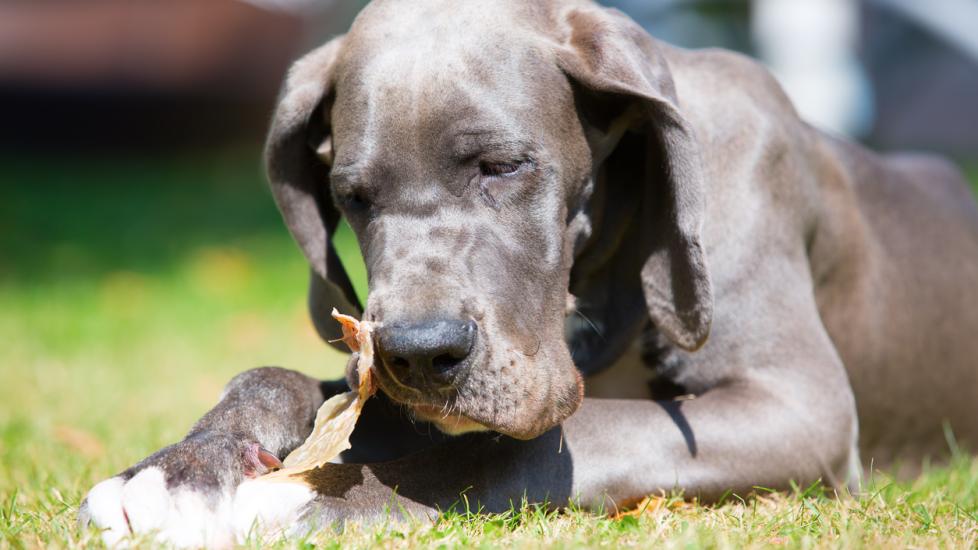Title: Understanding and Preventing Gastric Dilatation-Volvulus in Dogs
Introduction:
In the world of canine health, one condition that pet owners should be aware of is gastric dilatation-volvulus (GDV) syndrome. GDV, also known as bloat or twisted stomach, is a life-threatening emergency that requires immediate veterinary intervention. It’s crucial for dog enthusiasts to understand this syndrome, its causes, preventive measures, and what steps to take if their furry friend shows signs of distress. Let’s delve into the complexities of GDV syndrome and how we can keep our beloved pets safe from its clutches.
What is Gastric Dilatation-Volvulus?
GDV occurs when a dog’s stomach fills with gas, fluid, or food, then twists on itself, blocking off both ends. This not only prevents contents from leaving the stomach but also restricts blood flow, causing tissue death and potentially leading to shock, organ failure, and even death without prompt treatment. Large breed dogs like Great Danes, German Shepherds, Boxers, and Irish Setters are more susceptible due to their deep chests which allow the stomach to expand freely before twisting.
Causes of GDV:
The exact cause of GDV remains somewhat unclear; however, certain factors seem to increase the risk significantly:
1. Dietary Influences: High-protein meals eaten rapidly may lead to rapid expansion of the stomach.
2. Exercise Patterns: Engaging in strenuous activity too soon after eating can predispose dogs to GDV by promoting movement of the stomach.
3. Genetics: Breed plays a role; some breeds have a higher incidence rate than others.
4. Anatomy: Deep-chested dogs often lack sufficient anchoring of the stomach, making it easier for it to rotate within the abdomen.
5. Hormonal Imbalances: Researchers suspect that hormonal changes during anesthesia or spay/neuter procedures might influence GDV development.
6. Stressful Situations: Events such as travel, thunderstorms, or fireworks could trigger an episode among sensitive individuals.
Prevention Strategies:
While no guaranteed prevention exists, there are several proactive steps you can take to reduce your dog’s likelihood of developing GDV:
1. Feed Small Meals Frequently: Instead of one large meal per day, consider feeding two or three smaller ones.
2. Postpone Strenuous Activity: Wait at least an hour after each meal before allowing vigorous exercise.
3. Monitor Your Dog’s Weight: Overweight dogs face additional strain on their digestive system and organs, increasing risks associated with GDV.
4. Provide Adequate Water Access: Ensure clean water is always available so that thirsty pups don’t gulp down excessive amounts immediately following a meal.
5. Consider Prophylactic Surgery: Veterinarians sometimes recommend gastropexy—stomach tacking surgery where the stomach wall is attached permanently to other internal structures—to prevent future episodes.
Signs of Bloat:
If you notice any of these symptoms, seek veterinary attention immediately:
– Vomiting up foamy bile despite being unable to bring up food
– Restlessness or whining behavior out of character for your dog
– Visible swelling around the midsection
– Retching without producing anything
– Distress breathing
Conclusion:
By understanding the intricacies of gastric dilatation-volvulus and implementing preventive strategies tailored to your specific pooch’s needs, you will provide them with the best possible chance against this dangerous affliction. Regular check-ups with your veterinarian ensure early detection and appropriate treatments should issues arise. Remember that every dog is unique, so consult professionals regarding individualized care plans that safeguard your loyal companion’s well-being.
